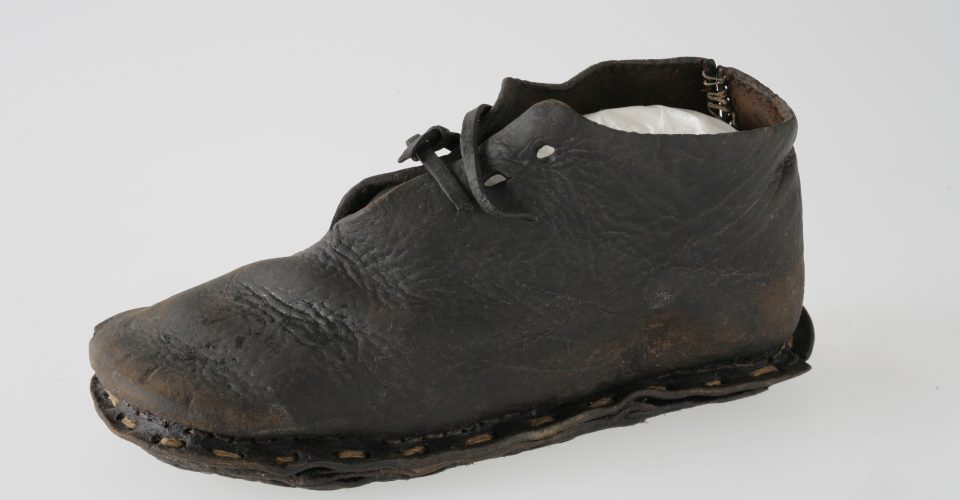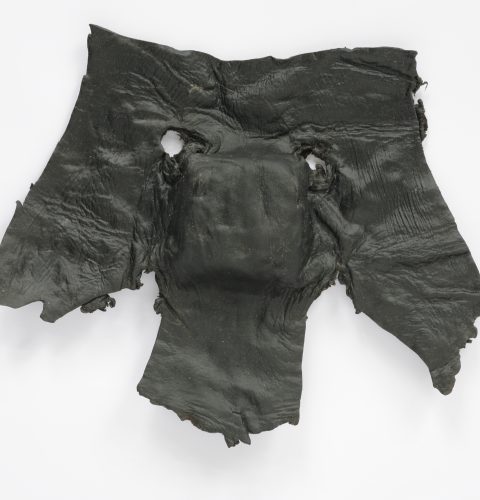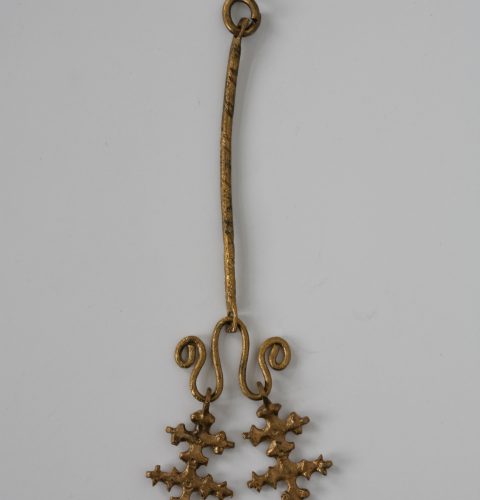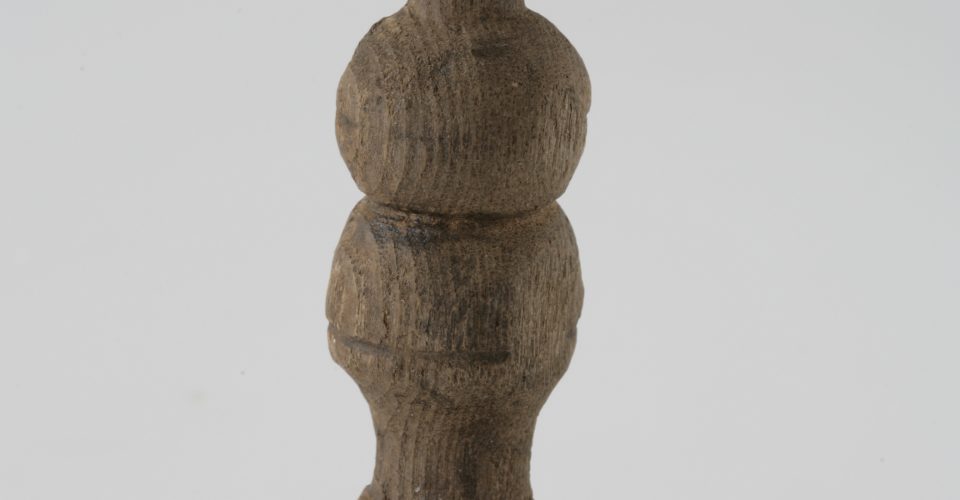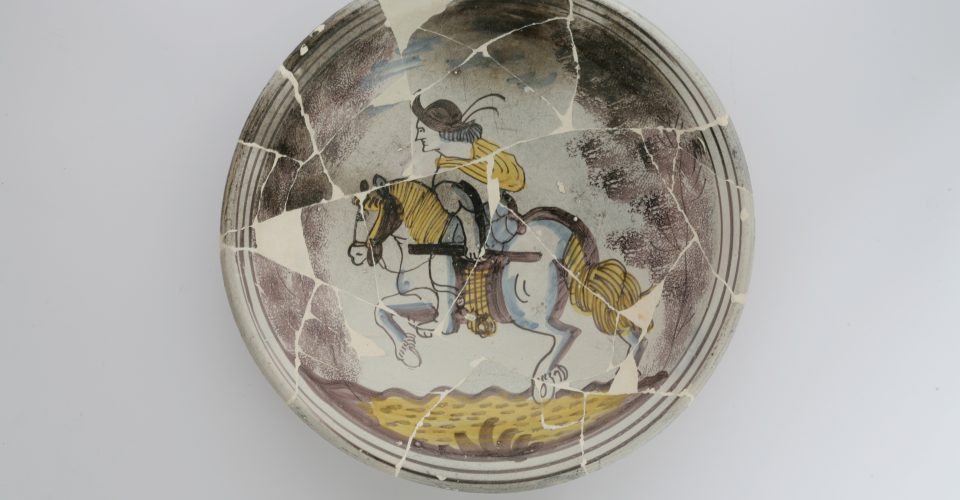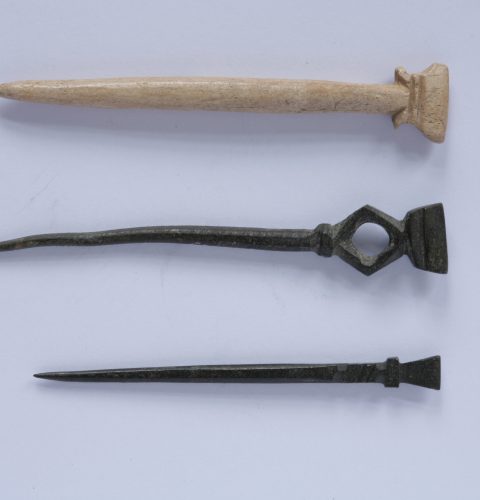Archaeology
The archaeology collection numbers more than 190 000 artefacts, fragments of ceramics and building parts, which span the period from the 6th millennium BC till the 19th century AD. Among the items there are also excavation plans and photo negatives. After the Riga archaeological collections of the Museum and those of the Latvian History Institute of the University of Latvia were merged in 2004, it has grown into a major city archaeology collection in the Baltic Sea region.
The collection of artefacts includes individual finds from Riga and its surrounding area, which the Museum acquired starting with the mid-19th century. Most of them, however, are the objects found in the Old Riga excavations of 1938. The core of the artefacts collection are the items in use at the 12th cent. Riga villages and the medieval town, which bear forceful evidence of the material and spiritual culture of the population in the Hansa area.
The ethnic affiliation of the ancient inhabitants is most convincingly characterised by ancient adornments. The dominating place in the 12th cent. Riga archaeological material is occupied by Liv ornaments, while in the following centuries there are also German adornments. Remarkable proof of the Riga dwellers’ spiritual culture is medieval writing styluses, vargans – metal musical instruments, items of games (chess, chequers and pieces of other games), artefacts that are connected with ancient popular beliefs – a leather mask and anthropomorphous wooden sculptures. The material culture is represented by crafts items – leather footwear, locks and other objects of everyday use. Among mass finds ceramics must be mentioned, both local and foreign make.





